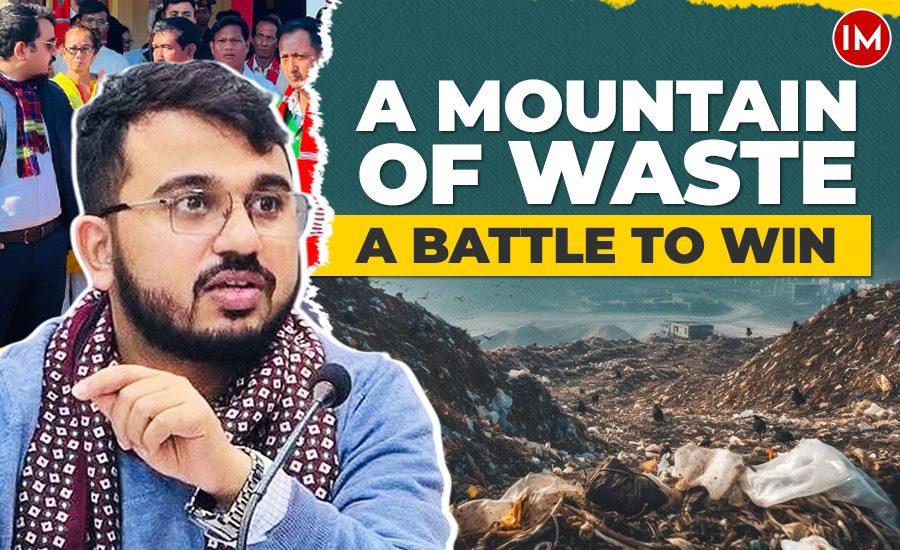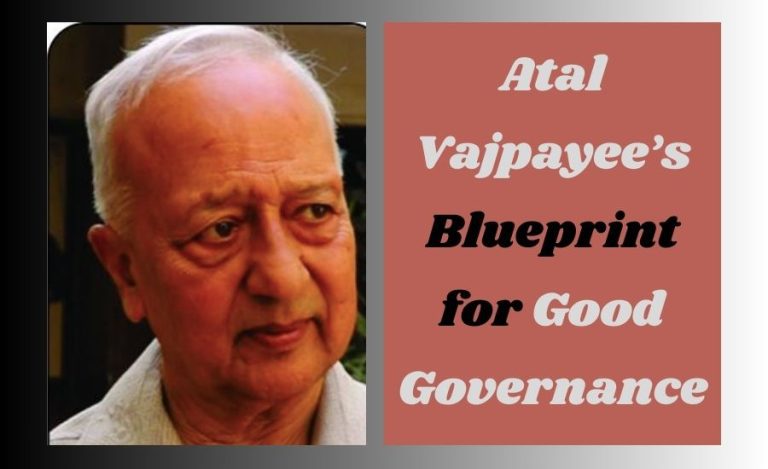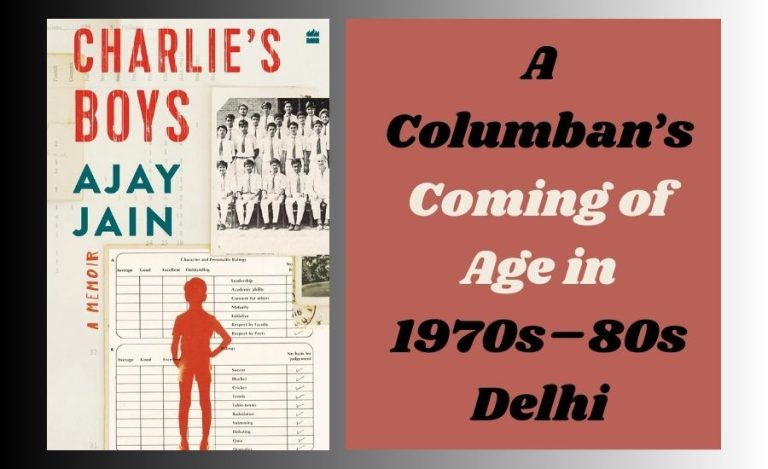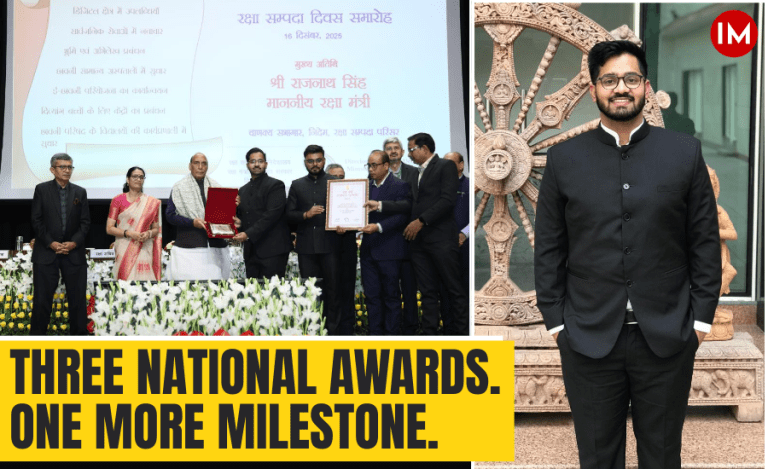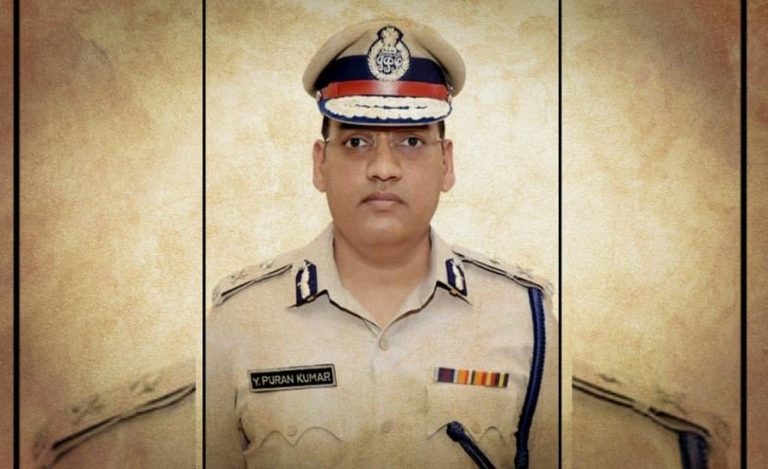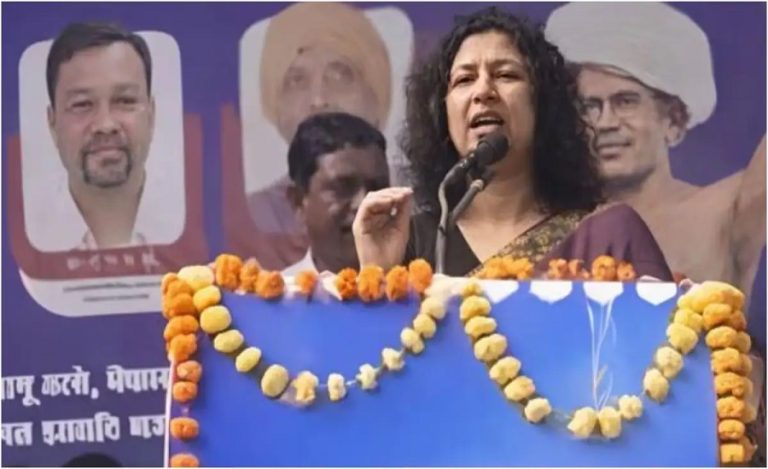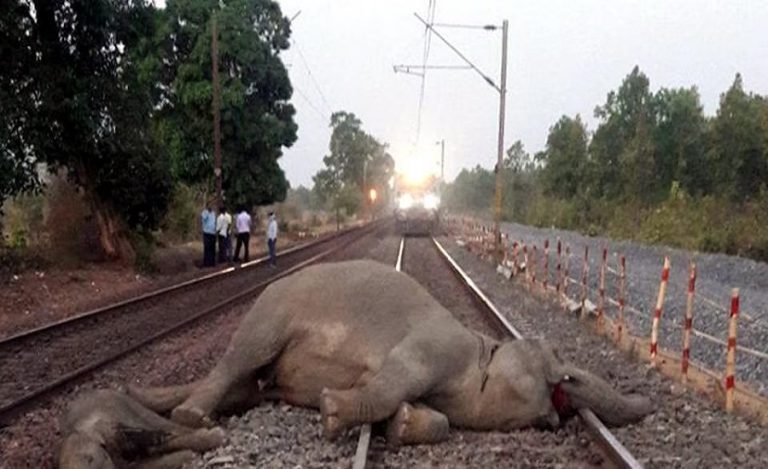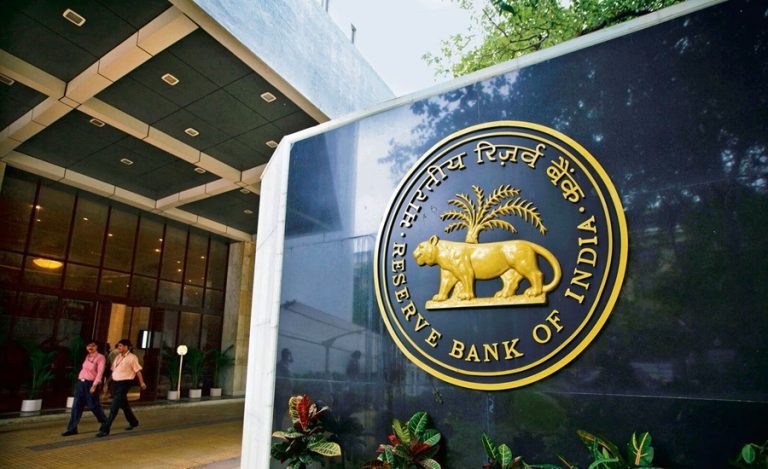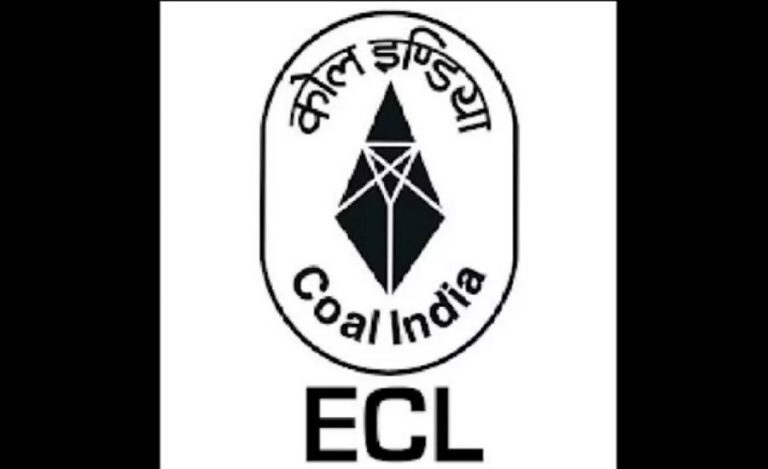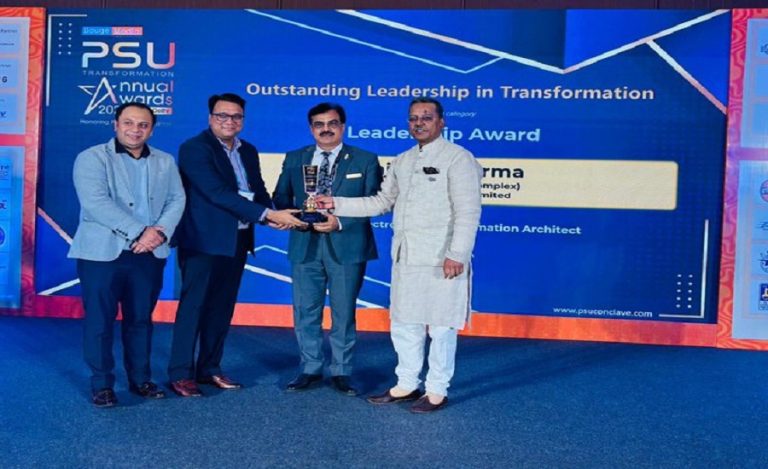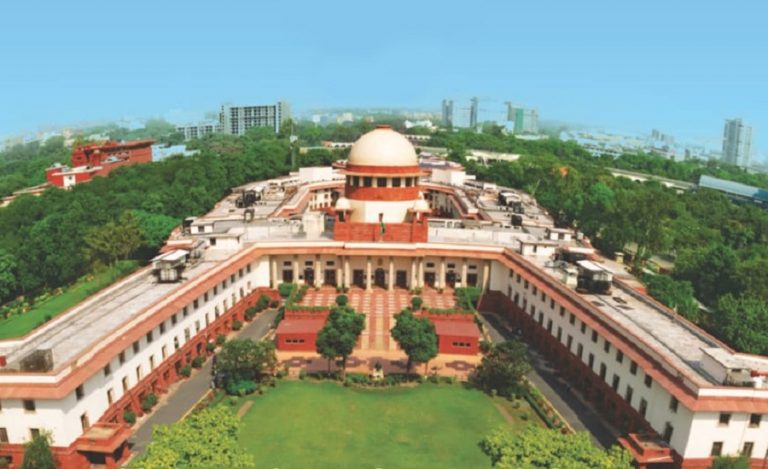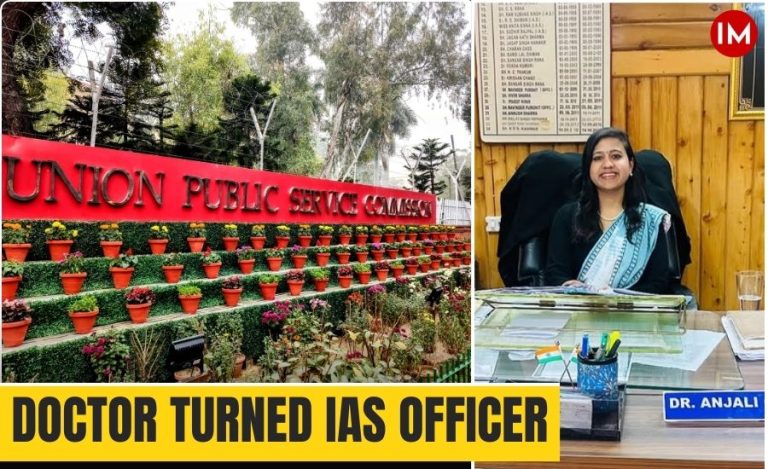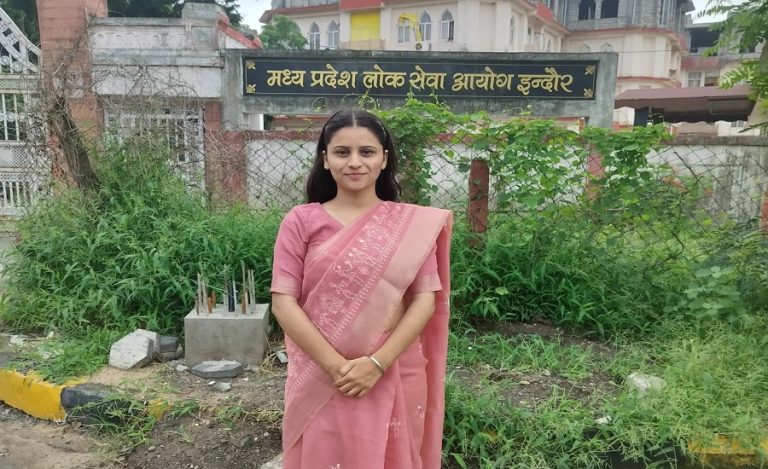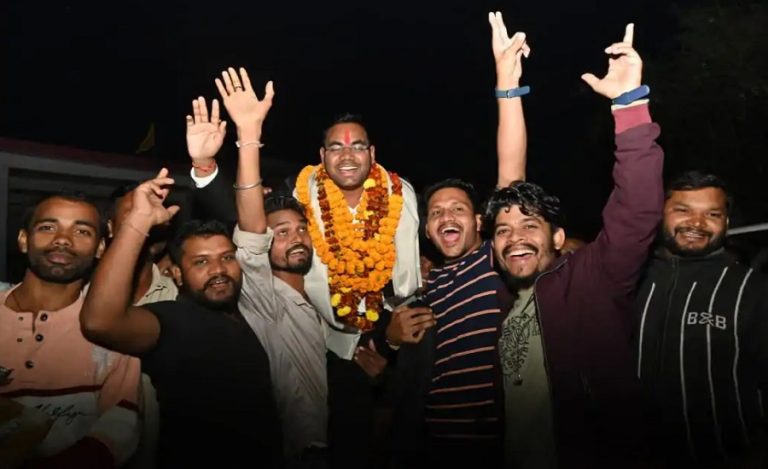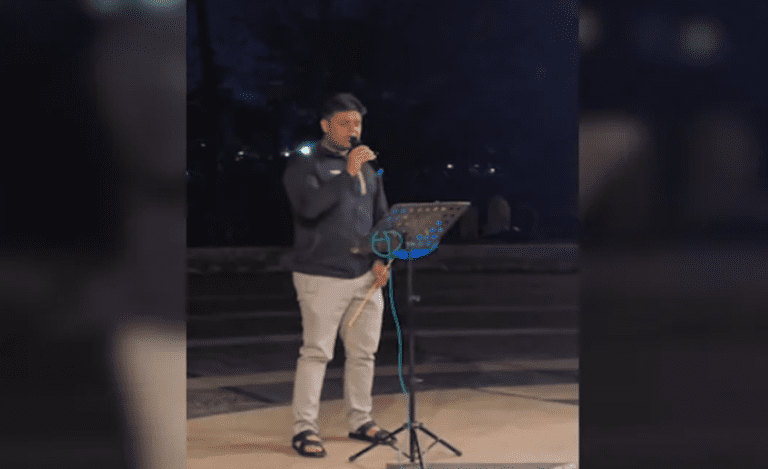For decades, towering heaps of garbage had become an unavoidable part of life in Tinsukia, Assam. Mountains of waste—some as old as 50 years—loomed near highways, attracting flies, spreading stench, and degrading the quality of life for thousands of residents. In Doomdooma town, families had no choice but to eat under mosquito nets, shielding their food from swarms of insects.
But what seemed like an impossible problem found its solution in an ambitious mission led by Tinsukia Deputy Commissioner Swapneel Paul, an IAS officer of the 2018 batch and Assam cadre. In just a year, his administration cleared 1.53 lakh metric tonnes of legacy waste from the district’s urban areas, making Tinsukia the first district in Northeast India to be declared legacy waste-free.
The project not only reclaimed over 50 acres of land but also transformed Doomdooma’s notorious dumping ground into a public park in the making. “Where once people protested against the stink and pollution, they will soon stroll through the greenery,” Mr. Paul said to Indian Masterminds while reflecting on the dramatic change.

A SCIENTIFIC APPROACH
Tinsukia’s war against waste was not just about bulldozers and trucks hauling garbage. The administration adopted bio-mining and bio-remediation—a process that uses scientific methods to segregate, treat, and dispose of waste in an eco-friendly way.
However, implementing this method in the Northeast was no easy task. “Bio-mining was being done for the first time in this region. The biggest challenge was technical know-how,” the officer explained. To tackle this, the administration roped in IIT Guwahati to conduct a feasibility study and guide the process.
The steps were meticulous:
- Survey & Planning: Experts assessed the composition of waste and mapped out the best disposal strategy.
- Segregation & Processing: Waste was separated into biodegradable, non-recyclable, and inert materials.
- Sustainable Disposal:
- Non-recyclable waste was sent to cement factories to be converted into Refuse-Derived Fuel (RDF).
- Biodegradable waste was turned into compost.
- Inert waste was safely used in landfills.
The result? Sites that had been uninhabitable for decades were cleared, sanitized, and made ready for development.
RECLAIMING LAND, RESTORING LIVES
One of the most striking success stories emerged from Doomdooma, where a seven-bigha landfill that had once been an eyesore is now being converted into a green park. A choked waterbody on the site is being revived, and plans are in place to set up a vending zone in the area.
Last year, a local resident tested the soil by growing maize on three bighas of newly cleared land. When the crops flourished, it became clear that the ground could support more than just waste. Where Tingrai, the largest dumping site of Tinsukia town was also reclaimed.

Earlier, plastic, cloth, and food waste from restaurants—everything was dumped there. Today, that same land is being prepared for future urban projects and industrial use.
“The needs of the people motivated me to do this,” Paul said. “Wherever waste had been dumped for decades, the living conditions were deplorable. It gave a very negative image of the town. Now, we have 50 acres of reclaimed land that can be used for development. That is a win for the people of Tinsukia.”
RECOGNITION FOR A REVOLUTIONARY EFFORT
For his leadership in transforming Tinsukia’s urban landscape, Swapneel Paul was honored with the prestigious Indian Express Excellence in Governance Award 2025. The recognition not only celebrated the successful execution of the project but also shed light on how scientific waste management can change lives.
Urban sustainability remains a growing challenge in India, but Tinsukia’s success story offers a blueprint for other districts struggling with legacy waste. What was once considered an insurmountable problem was tackled with vision, technology, and an unwavering commitment to public welfare.

